The natural world is both beautiful and terrifying, with many creatures possessing venom capable of causing immense harm or even death. These venomous animals have evolved their deadly traits for hunting or self-defense. Here, we dive into the 15 most venomous animals on Earth, highlighting their deadly characteristics and fascinating behaviors.
Contents
- 1 15 Most Venomous Animals on Earth
- 1.1 1. Box Jellyfish
- 1.2 2. Inland Taipan
- 1.3 3. Blue-Ringed Octopus
- 1.4 4. Stonefish
- 1.5 5. King Cobra
- 1.6 6. Brazilian Wandering Spider
- 1.7 7. Cone Snail
- 1.8 8. Deathstalker Scorpion
- 1.9 9. Pufferfish
- 1.10 10. Funnel-Web Spider
- 1.11 11. Poison Dart Frog
- 1.12 12. Boomslang
- 1.13 13. Irukandji Jellyfish
- 1.14 14. Black Mamba
- 1.15 15. Komodo Dragon
- 1.16 How Venom Works
- 1.17 Staying Safe Around Venomous Animals
- 1.18 Final Thoughts
15 Most Venomous Animals on Earth
1. Box Jellyfish

- Scientific Name: Chironex fleckeri
- Habitat: Coastal waters of Australia, the Philippines, and Thailand
The box jellyfish is considered the most venomous marine animal. Its tentacles contain toxins that attack the heart, nervous system, and skin cells, causing extreme pain and potentially fatal cardiac arrest. Swimmers near tropical beaches are advised to stay cautious.
2. Inland Taipan

- Scientific Name: Oxyuranus microlepidotus
- Habitat: Semi-arid regions of Australia
The inland taipan, or “fierce snake,” delivers the most toxic snake venom on Earth. A single bite contains enough venom to kill over 100 humans. Fortunately, it’s a reclusive snake and rarely interacts with people.
3. Blue-Ringed Octopus

- Scientific Name: Hapalochlaena spp.
- Habitat: Pacific and Indian Oceans
This small, brightly colored octopus can inject venom that paralyzes muscles and stops breathing within minutes. There is no known antivenom for its toxin, making it a truly deadly sea creature.
4. Stonefish
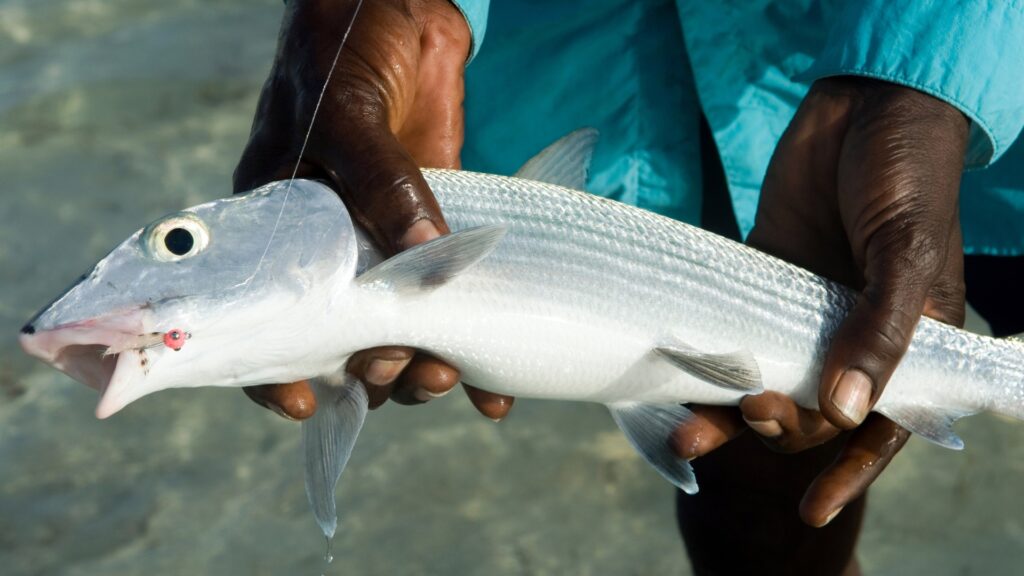
- Scientific Name: Synanceia spp.
- Habitat: Indo-Pacific waters
The stonefish is the most venomous fish, often camouflaging itself to resemble rocks. Its venom causes excruciating pain and swelling and can lead to shock, paralysis, or even death if left untreated.
5. King Cobra

- Scientific Name: Ophiophagus hannah
- Habitat: Forests and plains of South and Southeast Asia
The king cobra is not only the longest venomous snake but also one of the deadliest. Its venom attacks the respiratory system, and a single bite can kill an elephant or 20 humans.
6. Brazilian Wandering Spider
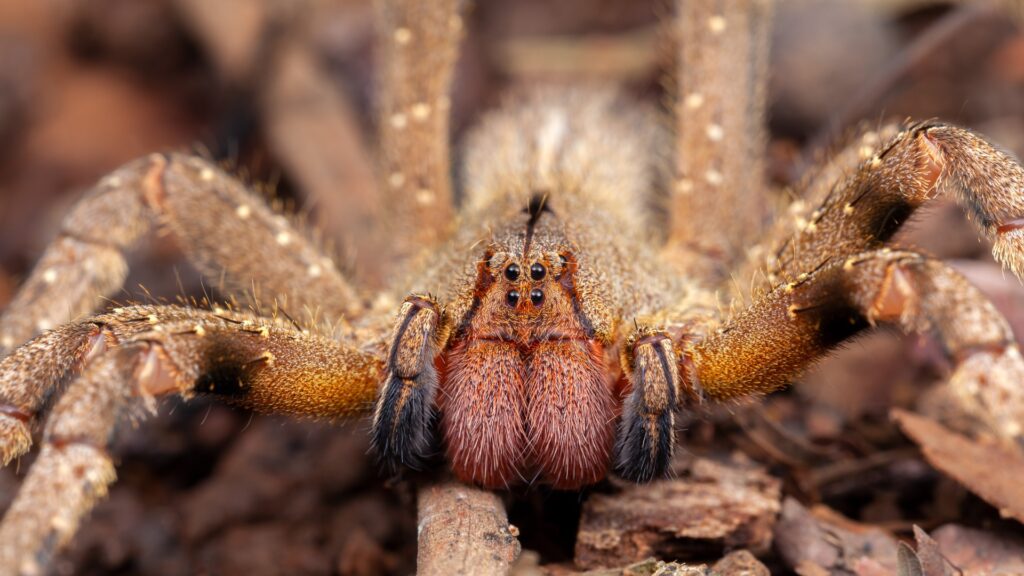
- Scientific Name: Phoneutria spp.
- Habitat: South America, especially in rainforests
Known as one of the most venomous spiders, the Brazilian wandering spider’s venom can cause severe pain, paralysis, and in rare cases, death. It is aggressive and often found in human habitats.
7. Cone Snail
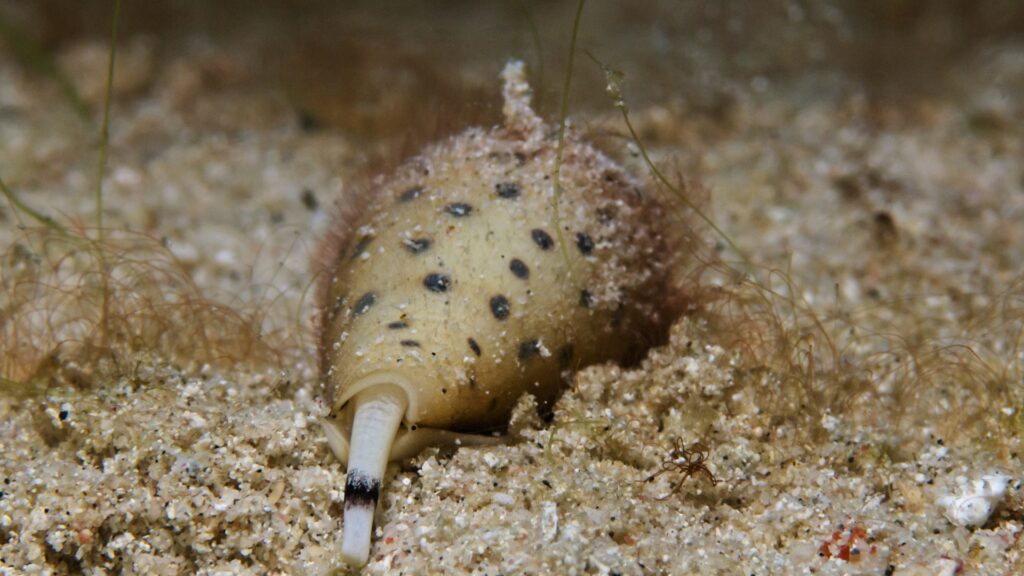
- Scientific Name: Conus spp.
- Habitat: Tropical waters worldwide
Despite its beautiful shell, the cone snail is a deadly marine predator. Its venom, delivered via a harpoon-like tooth, can cause paralysis and death. There’s no known antivenom, making it highly dangerous.
8. Deathstalker Scorpion
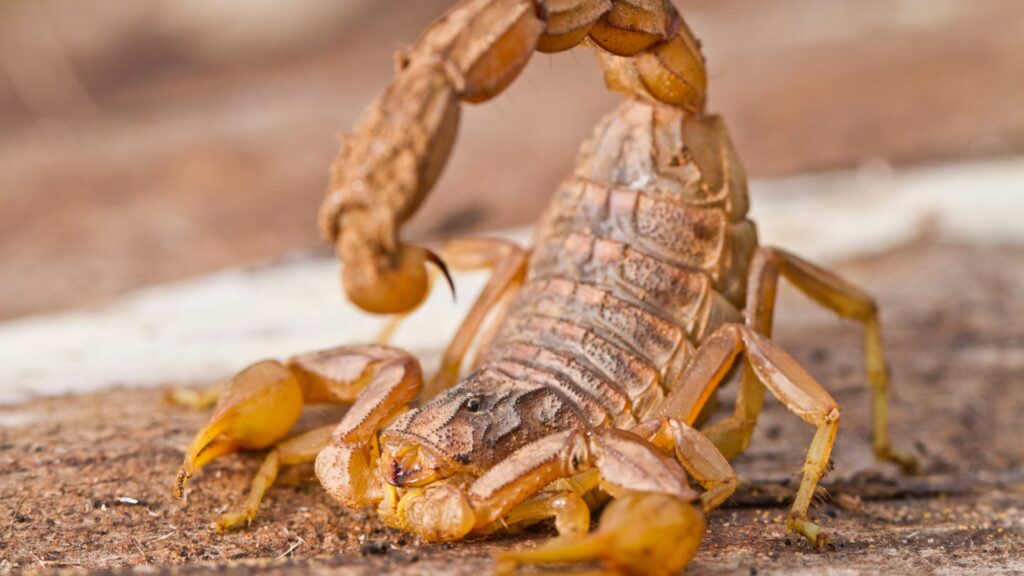
- Scientific Name: Leiurus quinquestriatus
- Habitat: North Africa and the Middle East
The deathstalker scorpion’s venom contains powerful neurotoxins that can cause intense pain, fever, and convulsions. While rarely fatal in healthy adults, it can be lethal to children and the elderly.
9. Pufferfish
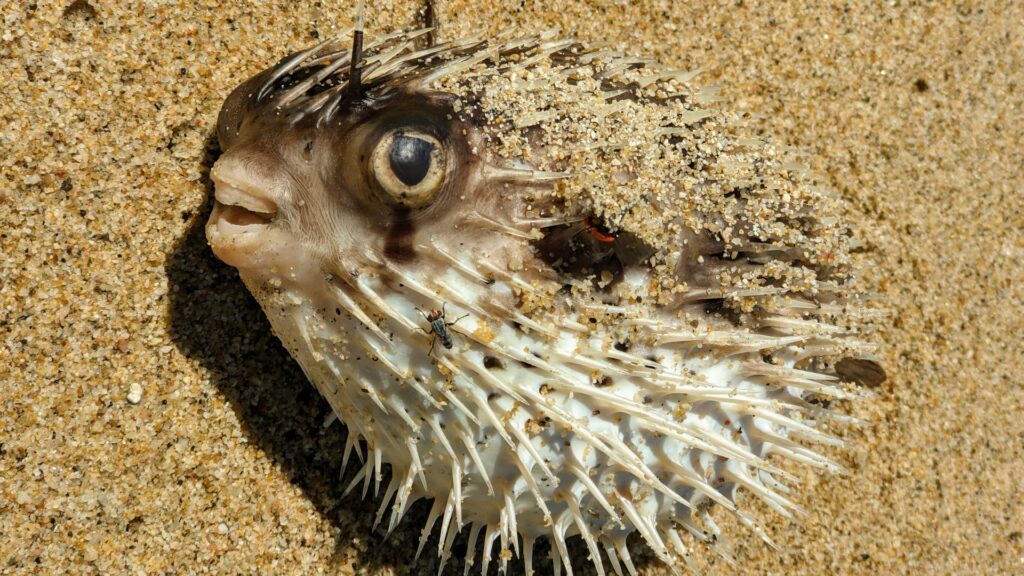
- Scientific Name: Tetraodontidae
- Habitat: Warm waters of the Indian, Pacific, and Atlantic Oceans
Pufferfish contain tetrodotoxin, one of the deadliest toxins in nature. This poison can paralyze muscles, leading to respiratory failure. Despite its danger, it is considered a delicacy in Japan, known as fugu.
Also Read: Top 20 Largest Zoos in India: A Wildlife Enthusiast’s Guide
10. Funnel-Web Spider

- Scientific Name: Atrax robustus
- Habitat: Australia
The funnel-web spider is infamous for its potent venom and aggressive behavior. Its bite delivers a mix of neurotoxins that can cause muscle spasms, vomiting, and death within hours if untreated.
11. Poison Dart Frog
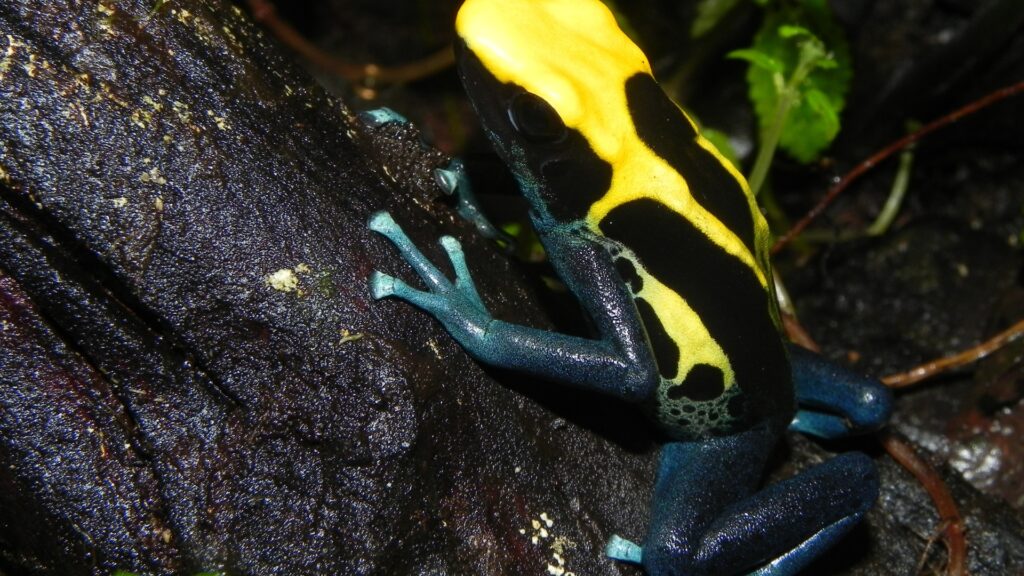
- Scientific Name: Dendrobatidae
- Habitat: Rainforests of Central and South America
These brightly colored frogs excrete toxins through their skin, which can paralyze or kill predators. Indigenous tribes use their poison for hunting, applying it to the tips of blow darts.
12. Boomslang

- Scientific Name: Dispholidus typus
- Habitat: Sub-Saharan Africa
The boomslang’s venom contains hemotoxins that disrupt blood clotting, leading to internal bleeding. Despite its lethality, the boomslang is shy and bites humans only when provoked.
13. Irukandji Jellyfish
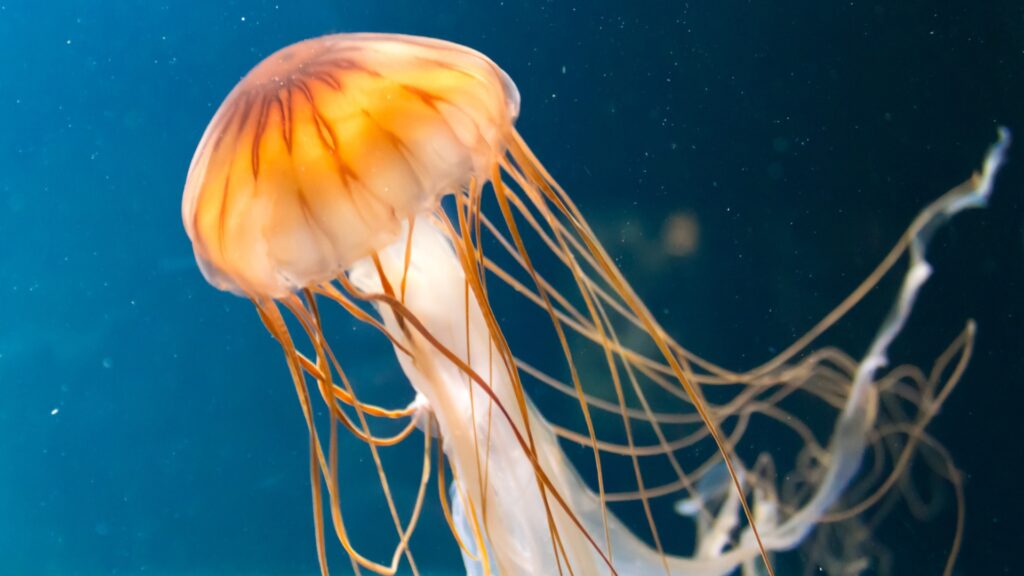
- Scientific Name: Carukia barnesi
- Habitat: Northern Australian waters
The tiny Irukandji jellyfish is barely visible, yet its sting can cause Irukandji syndrome, characterized by severe pain, nausea, and cardiac complications. Victims often require immediate medical attention.
14. Black Mamba
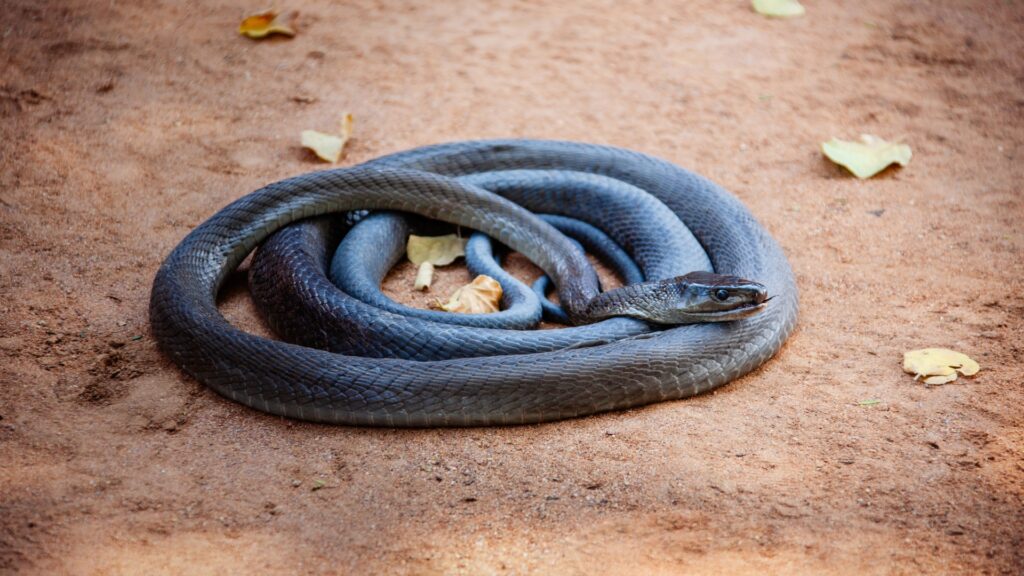
- Scientific Name: Dendroaspis polylepis
- Habitat: Sub-Saharan Africa
The black mamba is one of the fastest and deadliest snakes. Its venom acts swiftly, attacking the nervous system and causing death within hours if untreated.
15. Komodo Dragon
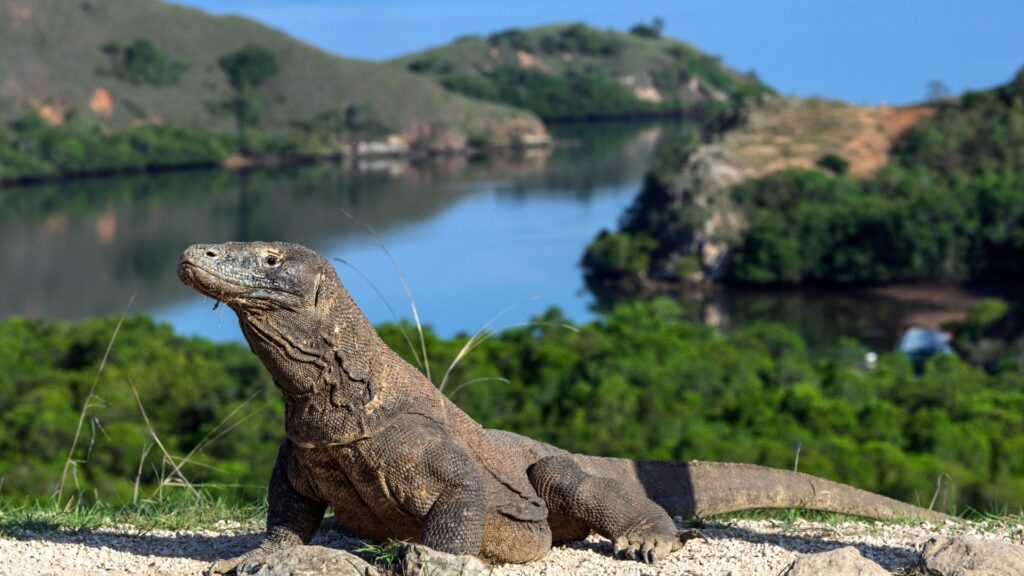
- Scientific Name: Varanus komodoensis
- Habitat: Indonesian islands
Though technically not venomous in the traditional sense, the Komodo dragon’s saliva contains toxic proteins that prevent blood clotting and lead to shock. Combined with its powerful bite, it is a formidable predator.
How Venom Works
Venom is a complex cocktail of proteins and enzymes. Depending on the animal, venom can have:
- Neurotoxic effects: Disrupting nerve signals and causing paralysis (e.g., taipans, cobras).
- Hemotoxic effects: Affecting blood clotting and tissue damage (e.g., vipers, boomslang).
- Cytotoxic effects: Destroying cells and tissue (e.g., spiders and cone snails).
Staying Safe Around Venomous Animals
- Educate Yourself: Learn about venomous species in the area.
- Wear Protective Gear: When exploring forests or diving, use proper clothing and footwear.
- Avoid Provoking Wildlife: Most venomous animals attack only when threatened.
- Seek Immediate Medical Help: In case of a bite or sting, get professional treatment promptly.
Final Thoughts
Venomous animals are not just dangerous but also fascinating examples of nature’s evolution. While their venom poses a threat, these creatures play essential roles in their ecosystems. With awareness and respect, humans and these deadly creatures can coexist safely.
Let us marvel at their deadly beauty and the intricate balance they bring to the natural world.
Also Read: The Most Poisonous Animals in The World
